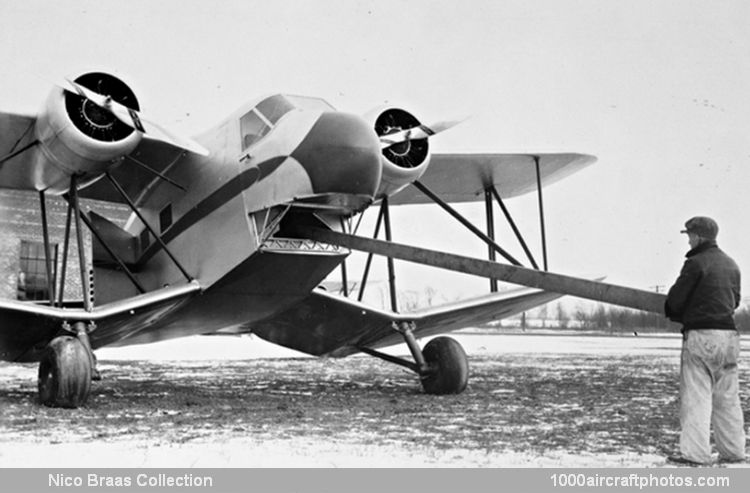RON DUPAS COLLECTION
No. 2365. Fleet 50J Freighter (CF-BDX c/n 200)
Source unknown
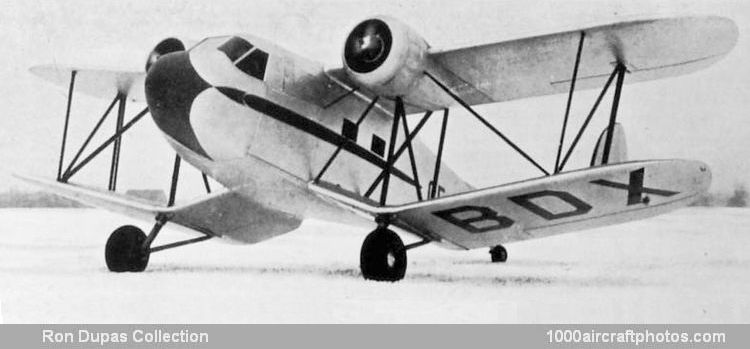
08/22/2022. Remarks by
Johan Visschedijk: "About the end of 1936, W.J. Sanderson, President of Fleet Aircraft, thought that there was a need for a twin-engined bush aircraft to supplement the single-engined machines then operating in Canada. The general requirements were that it should have easy freight loading, a short take off, and be capable of being dismantled into relatively small components, except for the fuselage, to facilitate repairs and component replacement in remote areas. Sanderson and Project Engineer, R.E. Young, evolved the layout of the Freighter, and Joseph M. Gwinn Jr, who had designed the Fleet trainers, did the stressing.
The fuselage was a welded steel-tube structure with aluminum fairing strips and was fabric covered except for the semi-monocoque nose of aluminum. The inboard wing sections were of metal stressed-skin construction, while the outer wing panels had wooden spars, duralumin ribs and were fabric covered. The fixed tail surfaces were of all-metal construction while the movable surfaces had a fabric-covered metal structure.
The freight-loading facilities were exceptional, with a 46 by 56 in (1.17 by 1.42 m) door at the rear of the cabin on each side, and a 46 by 45 in (1.14 by 1.14 m) door at the front on the port side.
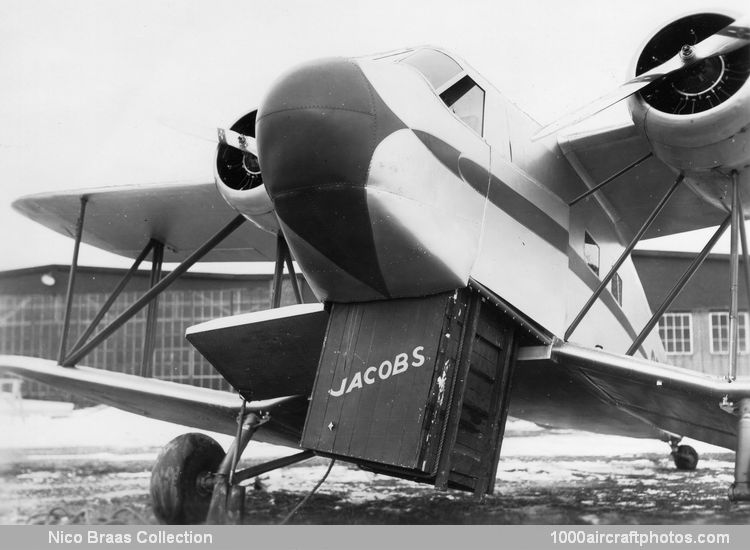
Fleet 50J Freighter (CF-BDX) loading Jacobs engine (
Nico Braas Memorial Collection)
A 52 by 56 in (1.32 by 1.42 m) hatch in the front cabin floor allowed bulky items to be hoisted directly on board.
Fleet 50J Freighter (CF-BDX) (
Nico Braas Memorial Collection)
The lower portion of the nose was removable to permit long items such as lumber, pipe and drill rods to be easily loaded.
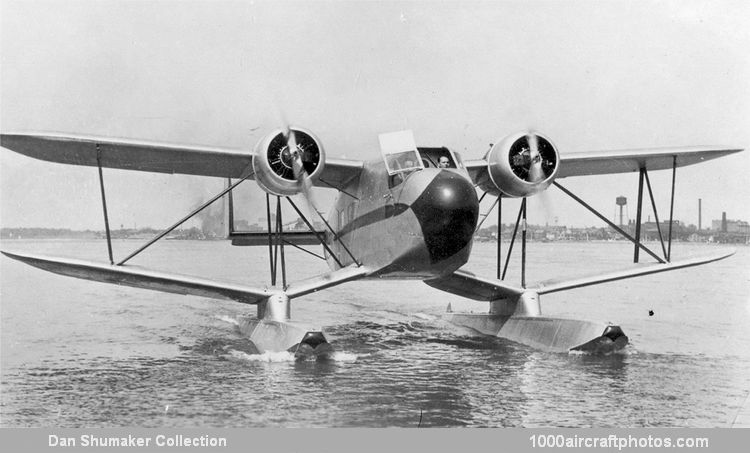
Fleet 50J Freighter (CF-BDX) (
Dan Shumaker Collection)
The inverted-gull lower wing enabled the floats to be mounted directly to the wing, and each float, a special version of Edo type 7850, was mounted independently to enable the aircraft to straddle low docks and load through the floor hatch. The aircraft was intended to use 330 hp Jacobs L-6MB seven-cylinder air-cooled radial engines, but until an Approved Type Certificate was issued the prototype was fitted with 285 hp Jacobs L-5MB engines of similar configuration.
The Freighter was also offered as a passenger machine with seating arrangements varying from bench seats for ten to six or eight in airline-type seats and was also equipped with a lavatory. Different window and door arrangements were offered. The second and third Fleet 50s were built as passenger machines, the front freight door eliminated and an extra window added on each side. A proposed military version had a fixed forward gun and two flexibly mounted guns at the rear, one on top of the fuselage and the other at the bottom for alternative use. Small bombs were to be stowed in the cabin area. This version was never built.
The prototype Fleet 50, CF-BDX, was first flown from Fort Erie, on February 22, 1938, by W.J. Sanderson. After further tests in March, in April Sanderson flew it to St. Hubert Airport for still further tests at the larger and better airport. On its return to Fort Erie it was immediately put on floats for seaplane trials on the Niagara. The five Freighters built (c/n 200 to 204) all had short careers beset with troubles and their stories are briefly summarized.
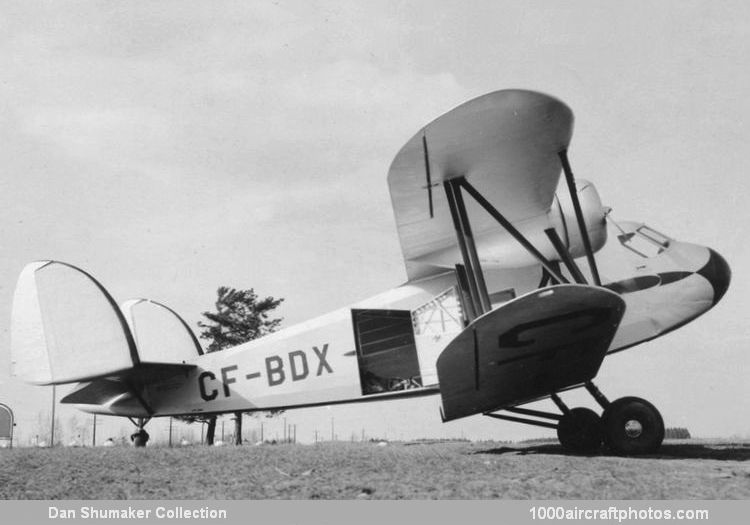
Fleet 50J Freighter (CF-BDX) (
Dan Shumaker Collection)
C/n 200 (CF-BDX), the prototype and only Model 50J, was demonstrated in Manitoba in June 1938, returned to the factory for installation of L-6MB engines, making it a model 50K. Then it was leased to United Air Transport but crashed in British Columbia in mid-August 1938.
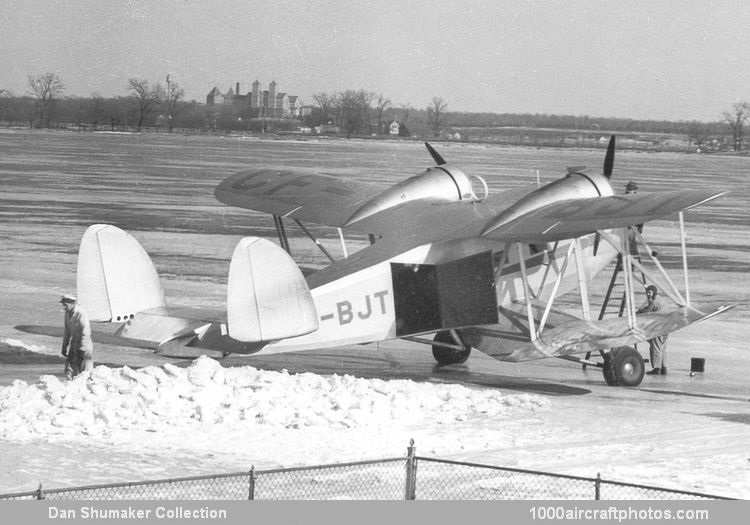
Fleet 50K Freighter (CF-BJT) (
Dan Shumaker Collection)
C/n 201 (CF-BJT), the only machine originally sold, was bought by United Air Transport and was destroyed by an engine fire at Chicago on its delivery flight in February 1939.
C/n 202 (CF-BJU), was operated by Canadian Airways in 1939 under a lease-purchase agreement and returned to Fleet on 18 October, 1939. It was stored and then Quebec Airways, a Canadian Pacific Airlines owned company, operated it under a lease-purchase arrangement in 1942. Returned to Fleet again, it was then sold to the RCAF the same year. It was sold again in 1944 to Labrador Mining & Exploration and crashed on a take off in Labrador two weeks later.
C/n 203 (CF-BJW), was operated in Quebec under lease by Dominion Skyways in 1939 and returned to Fleet. It was stored and Quebec Airways operated it under lease-purchase arrangements along with CF-BJU in 1942. Again returned to Fleet it was again stored until finally sold at a bargain price-to Austin Airways in May 1945. It was destroyed by an engine fire in October 1946.
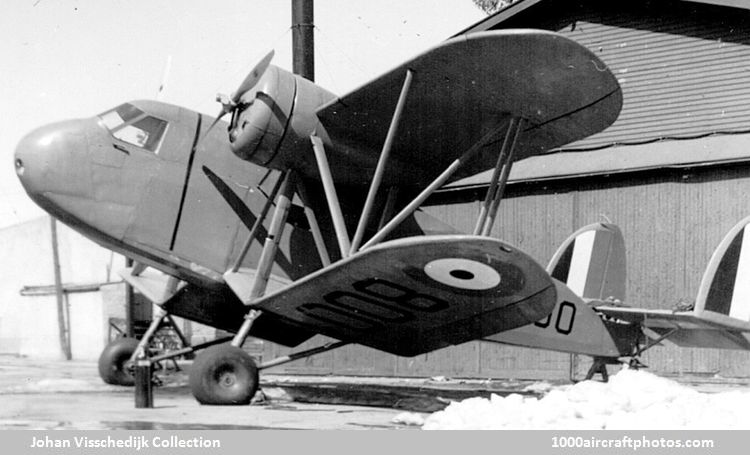
Fleet 50K Freighter (800) (
Johan Visschedijk Collection)
C/n 204 (serial 800), the fifth Freighter, was completed specifically for the RCAF. The RCAF had been asked to provide machines for paratroop training and selected the two Freighters. The Canadian Army rejected the idea of using the Freighters but the RCAF elected to keep them for freighting and ambulance duties. Little use was made of them and the 800 was sold in 1944 to the American aircraft broker, Charles Babb, who sold it in Mexico as XA-DOE. It was written off in 1946.
The Freighter really deserved a better place in Canadian aviation history for there was much merit in it. Its handling qualities, both in the air and on the water, were satisfactory and its ability as a freighter excellent. Reporting on his trial of the prototype in June 1938, W.E. Catton of Canadian Airways wrote: "With a load of 3,100 lb (1,407 kg) take off was in 14 seconds with a 5 mph (8 km/h) wind" and "it handles well in a crosswind for take off and landing" and "the performance was good on a downwind take off with 800 lb (363 kg) load".
It was the engine installation and lack of power that caused the type's unfavorable reception. If Fleet had not determined this for itself on early tests it was certainly brought to its attention by G.A. Thompson, Canadian Airways' General Manager, who wrote on 14 June, 1938: "Its greatest drawback, and it is serious, is that it will not maintain height on one engine for it is of very little use having to bother with two engines if you do not get twin engine safety". Nevertheless, Fleet took no action to rectify the powerplant deficiency.
The remains of the third Freighter (c/n 202) were salvaged in 1964 by the National Aeronautical Collection and components of the fourth Freighter (c/n 203) were salvaged by M.L. McIntyre in 1968 to aid in its restoration. Also the remains of the fifth Freighter (c/n 204) have been salvaged. To date the restoration has not been started by the Canada Aviation and Space Museum (into which the National Aeronautical Collection has been amalgamated) owing to more urgent work.
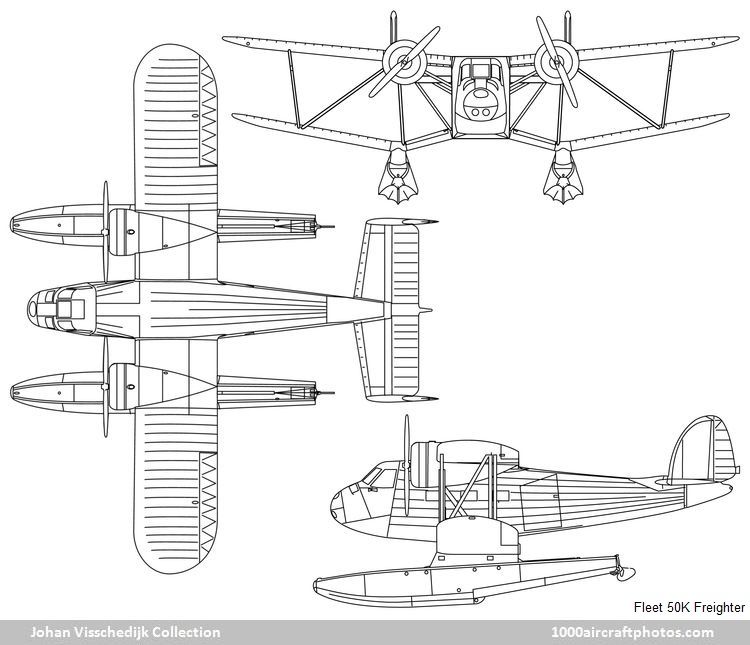
Created April 7, 2003


